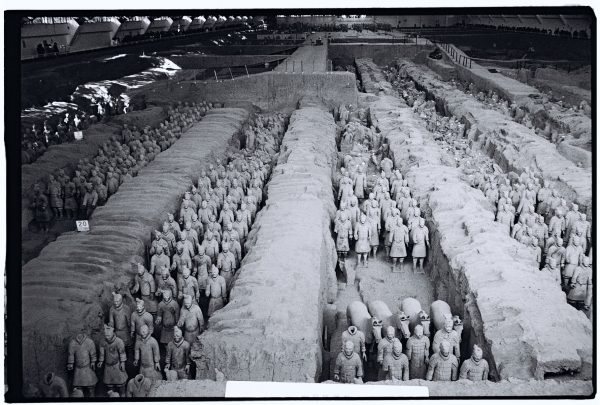
Let’s explore the Xian Terracotta Army
There is a place on earth unique in the world. The terracotta army is in the Chinese countryside where one could not imagine making one of the most beautiful archaeological discoveries in the world. This place is called Xian, and it is in China. Here is the story of the Qin Emperor’s Army mystery.
1974 and the discovery of an archaeological treasure in Xian
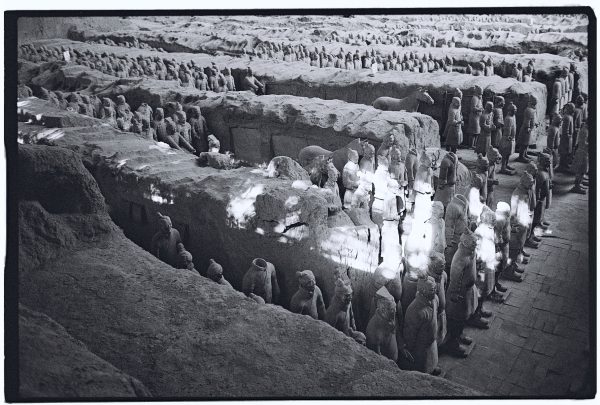
It is March 29, 1974, and a cultivator works in his field. It should be noted that the terracotta army is less than two kilometres from the tomb of the Qin Emperor. It should be noted that the area has always been a place where we found pieces of terracotta which seemed to come from vases. For example, during certain earthworks, the workers were sometimes confronted with a large number of fragments of tiles and bricks, so at the time, local authorities were informed of the unusual nature of the soil. They immediately understood the importance of the discovery and decided to send a team of archaeologists to the site. Nobody doesn’t know it yet, but they will discover one of the most beautiful architectural treasures in the world.
This invaluable cultural site will be listed as a UNESCO World Heritage Site. And he will take the name of “Terracota Soldiers”, the terracotta army of Xian.
Why did Emperor Qin have this terracotta army made?
Emperor Qin was obsessed with death and the passing of time. He even thinks he can reach eternal life. Convinced that this is possible, he embarks on an insane enterprise. He wants to materialize life and hopes that this step will allow him to control death. It was therefore out of fear of death that Emperor Qin embarked on this work of art of despair. In Chinese tradition, it happened that some monarchs are buried with small statuettes of soldiers about 30 centimetres high. We also had some musicians in the tomb.
But the emperor Qin decided to do it differently. So he asked to produce an army of 8,000 men in terracotta all different accompanied by horses, all on a 1/1 scale. These soldiers were supposed to accompany him on his journey to the beyond. This installation of terracotta soldiers is in fact only one of the elements of the necropolis dedicated to the Qin Emperor. It is even estimated that the site devoted to the Qin Emperor covers almost 98 square kilometres.
Qin Shi Huangdi, a unifying and mysterious Emperor

Emperor Qin lived for around fifty years between -259 and -210 BC. This emperor succeeded in unifying the Chinese Empire. He launched reforms to standardize writing, install a national currency and impose a single language. But he also insisted on setting up a single weight and measurement system valid throughout the Chinese Empire. All this could have been forgotten, but he also produced more than 8,000 terracotta soldiers. And it was by doing this that he created a mystery and that he entered world history.
Details of the making of the army of terracotta soldiers
For the realization of this gigantic artistic work, more than 700,000 workers were mobilized for more than 35 years. The workers who participated in the construction of the tomb of this sovereign suffered the same fate as the workers of pyramids in Egypt. They were walled up alive. The secrets of creation were thus erased forever.
The terracotta army in detail
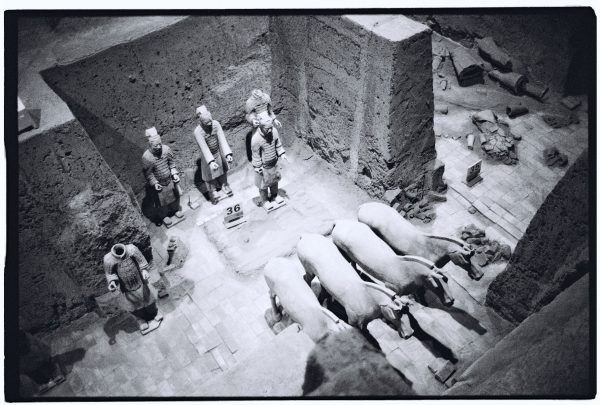
In addition to the 8,000 soldiers, archaeologists were also able to identify some 130 tanks, 150 riders and more than 500 horses. Scientists considered that there were ten typical faces in this army. Then so that each statue is different from each other, we added to clay or clay to model and created a unique look to each terracotta soldiers.
On the trail of soldiers from the Xian Terracotta Army
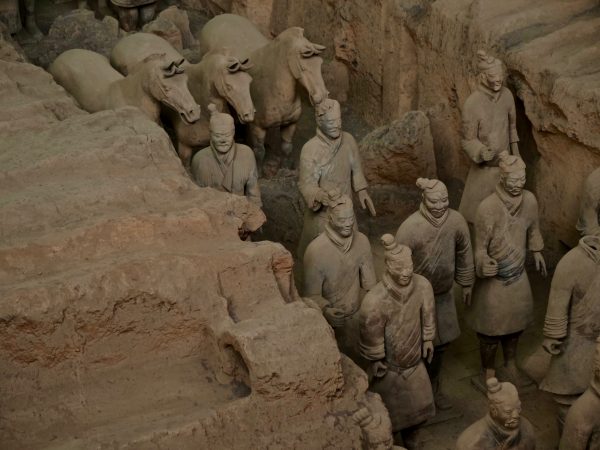
It becomes very complicated to exhume soldiers from Xian’s army. Why? Well because a lot of soldiers broke over time. But also because the soldiers were painted. And when these soldiers are exposed to light and air, their colours disappear within a few hours. Concretely, archaeologists and scientists working on this project are faced with very complex issues. For example, when you unearth a painted object, it takes about fifteen seconds for the varnish to crack and a few minutes for the colours to disappear.
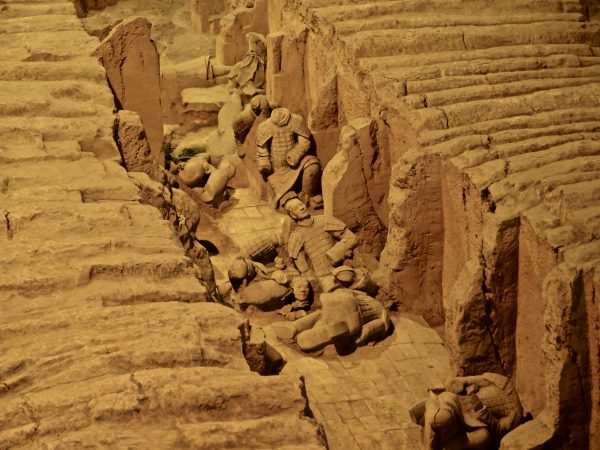
Photos credits: Yann Vernerie